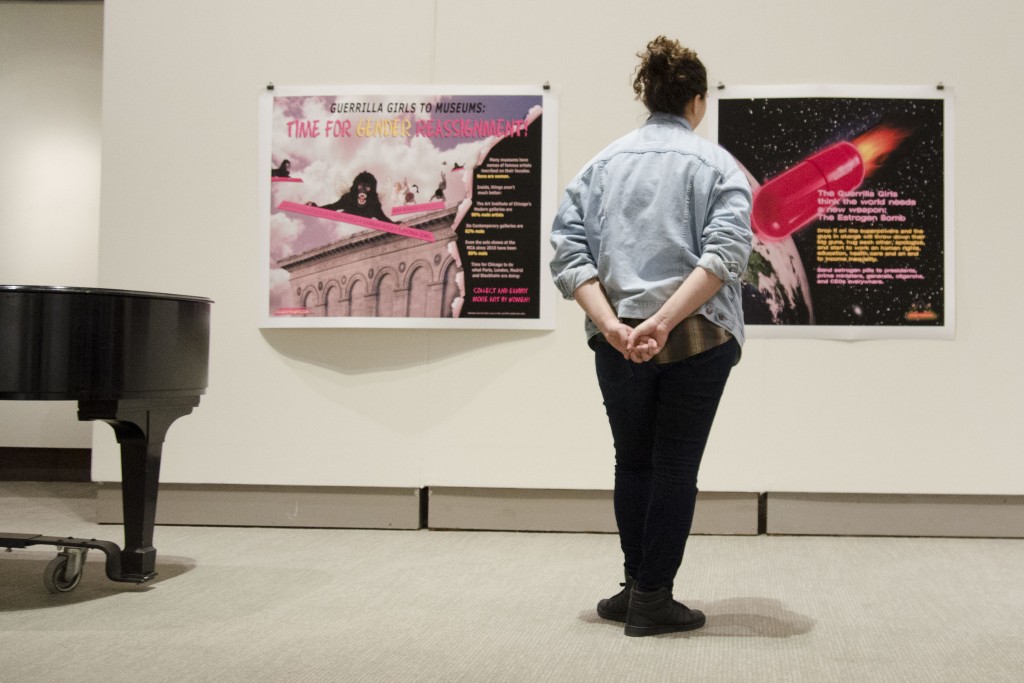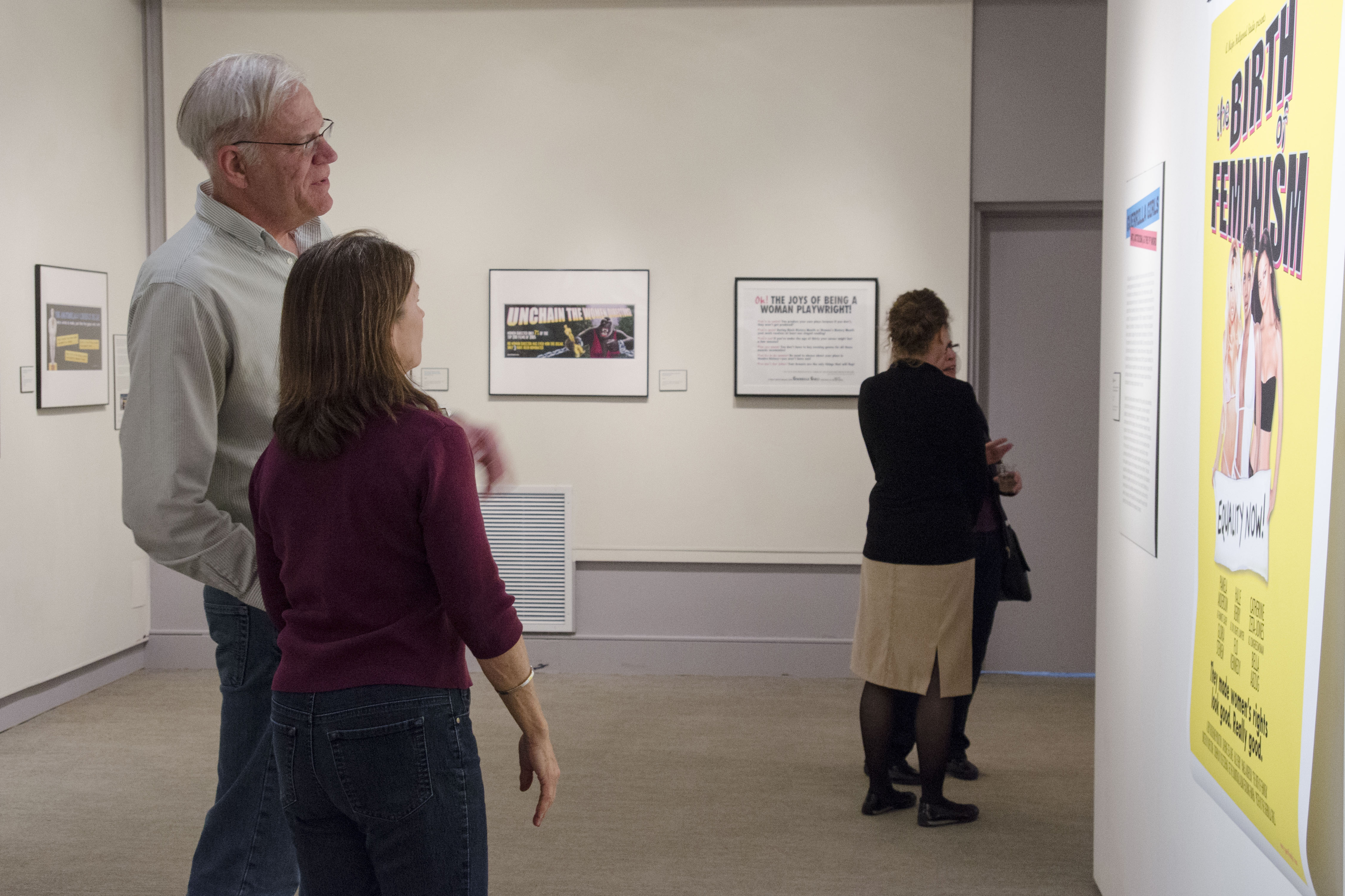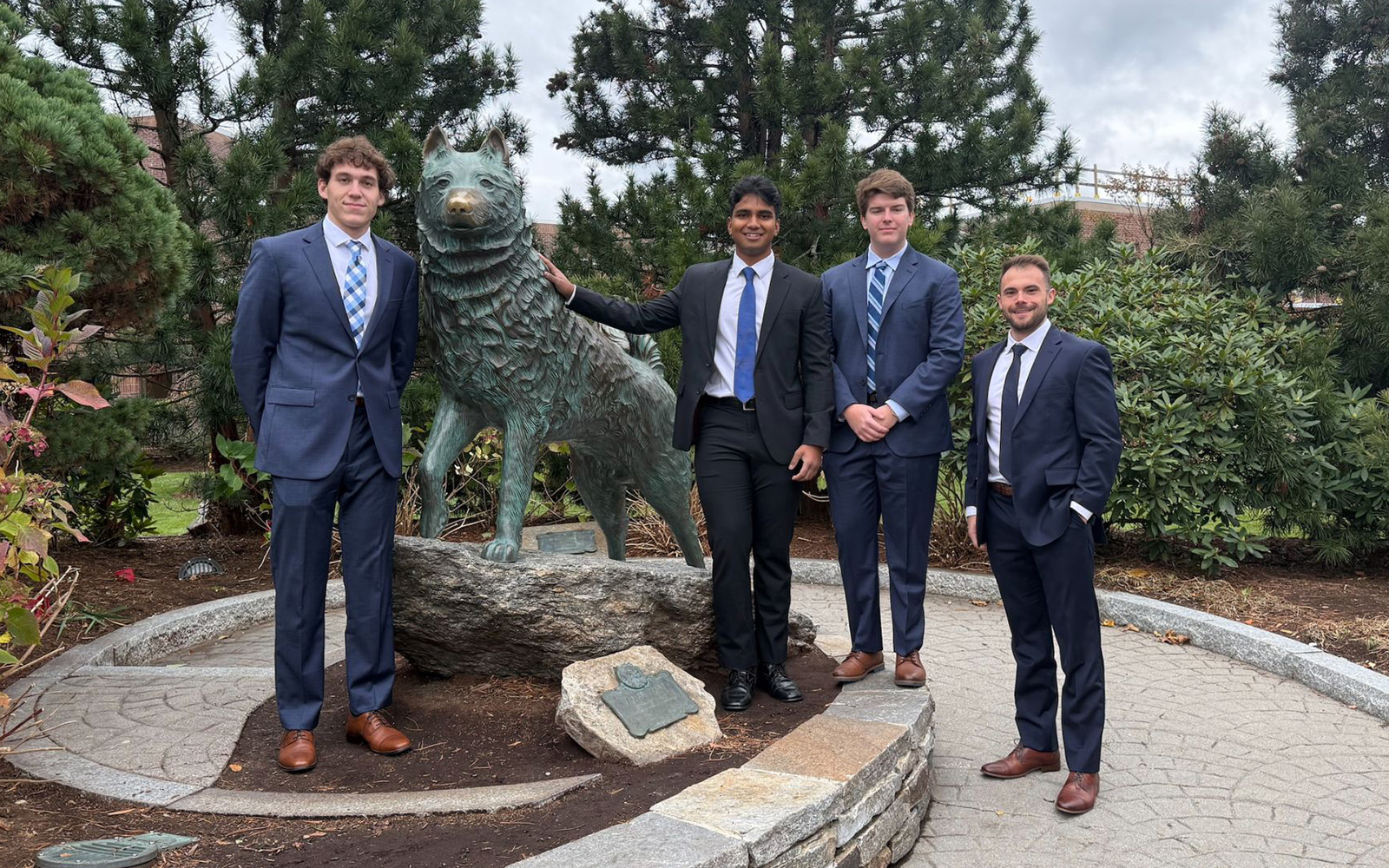
When a group of women artists first put on gorilla masks to protest gender and racial inequalities in the art world, their use of humor on advertising handouts and posters called attention to the paucity of works by female artists in gallery and museum exhibitions. Taking the names of dead women artists in order to be anonymous, and wearing the masks to protect themselves against possible retaliation, they called themselves the Guerrilla Girls. More than three decades later, they say there is still work to be done.
“When we started in 1985, you could hear curators and gallery people saying that women and artists of color were not making art that is part of the contemporary dialogue,” says Frida Kahlo, one of the founders of Guerilla Girls. “No one would say that now.” Kahlo’s namesake is the 20th century surrealist Mexican painter known for her self-portraits and as the subject of the 2002 Salma Hayek film “Frida.”
There still is a glass ceiling for women and artists of color. — Frida Kahlo
Thirty-nine off-beat “guerrilla-advertising” posters, advertising, and other works are part of the “Guerrilla Girls: Art, Activism, and the ‘F’ Word” in the center gallery of the William Benton Museum of Art through May 22. The exhibition is drawn from the 89-piece Guerrilla Girls Portfolio Compleat (1985-2012) recently acquired by the museum.
Among the works in the exhibition is a 1989 billboard poster that addressed concerns at the Metropolitan Museum of Art in New York City. The poster depicts a nude woman wearing a gorilla mask lying on a couch with a headline asking: “Do women have to be naked to get into the Met. Museum? Less than 5 percent of the artists in the Modern Art sections are women, but 85 percent of the nudes are female.”
The use of industry statistics has fueled the Guerrilla Girls’ work since the beginning. As recently as March 29 of this year, The New York Times published a story addressing the issues facing women artists in describing a resurgence of women-only art shows. The article noted that “underrecognized women artists represent a buying opportunity” for art collectors, and pointed to the continuing wide gap between the representation of women artists compared to male artists in museum exhibitions.
“There still is a glass ceiling for women and artists of color,” Kahlo says. “There’s tokenism, where a museum will show one woman or one artist of color and think they are taking care of the problem. There is income inequality. If you look at what white men are paid for their work versus what women and artists of color are paid, all of the statistics in the general economy just pale, because women and artists of color make just 12 percent of what white men make at the high end at the level of auctions, which is driving museums.”
Kahlo, who along with Käthe Kollwitz is the only original member of the collective, says Guerrilla Girls has drawn new artists to the group after some veterans moved on to other interests, even as they continued to develop new projects. Guerrilla Girls are currently working on new projects with the Minneapolis Institute of Art, an animation for the Ludwig Museum in Cologne, Germany, as well as conducting workshops and residencies.
“We’re really activists,” Kahlo says. “We’re provoking people to think about issues in our culture right now. It’s really gratifying to go from putting up a couple of posters on the streets of New York – that was about being angry – to now where we’re invited to criticize the institutions right inside the institutions. What we’ve done is to identify some really well-intentioned people inside institutions who want to change them, and empower those people. That might be a small step, but it’s a wonderful thing to have done. It’s been really fun to tweak the system.”
Guerrilla Girls will visit the Benton on Wednesday, April 6 from 5 to 6:30 p.m. to discuss their work and activities. There will also be a ‘Salon at the Benton’ panel discussion, using the exhibition as a starting-point to discuss contemporary issues, on Friday, April 29 from 5 to 7 p.m.
“Guerrilla Girls: Art, Activism, and the ‘F’ Word” continues through May 22 at the William Benton Museum of Art, 245 Glenbrook Road, Storrs. For more information, go to the Benton Museum’s website.





